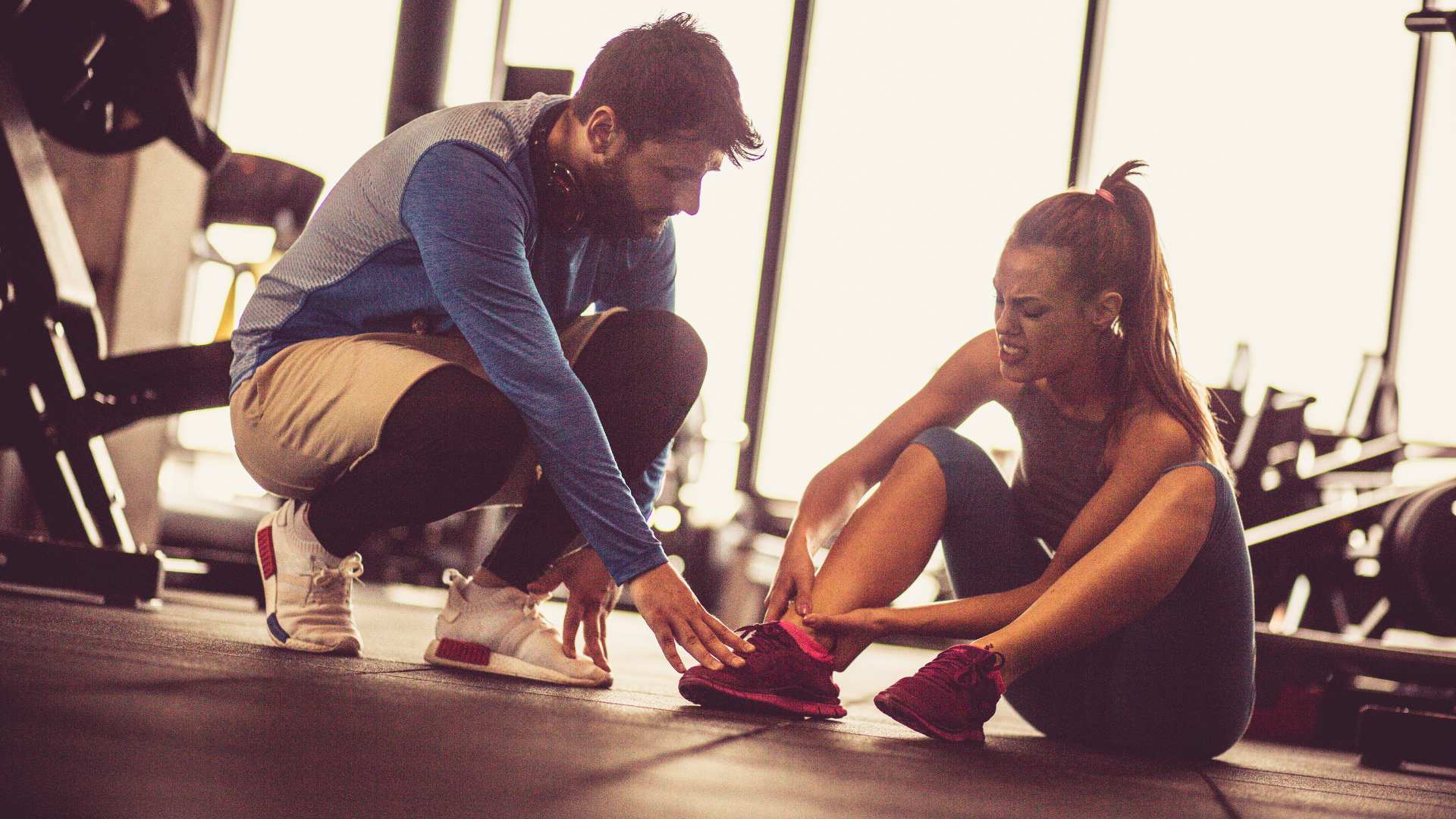Stretching plays a pivotal role in keeping our muscles flexible, strong, and healthy. While its benefits might not completely eliminate the risk of injuries, it’s clear that a consistent and well-structured stretching routine can aid in injury prevention and hasten recovery.
Let’s explore how stretching impacts our bodies and what practices work best for both athletes and everyday movers.
Why Flexibility Matters
Flexibility ensures that muscles can expand and contract without strain. When muscles are tight, they become more prone to injuries like strains or tears during sudden or intense movements. For instance, imagine a dried rubber band attempting to stretch—it’s far more likely to snap compared to a fresh, pliable one. Flexible muscles absorb shock better, reducing stress on joints and minimizing injury risks.
The Science Behind Stretching and Injury Prevention
While the relationship between stretching and injury prevention isn’t entirely clear-cut, studies reveal certain patterns. Research shows that dynamic stretching, which involves controlled movements through a joint’s range of motion, can activate muscles and prepare them for activity. This type of stretching is especially beneficial for sports requiring explosive movements, like soccer or basketball.
On the other hand, static stretching, where a stretch is held for 15–30 seconds, helps maintain or improve flexibility over time. However, performing static stretches before intense exercise may temporarily weaken muscles, lowering your power output. Therefore, it’s better reserved for cool-downs or dedicated flexibility sessions.
Key Benefits of Stretching for Injury Prevention
- Improved Range of Motion: Flexible muscles and joints move more freely, reducing the risk of tears and sprains.
- Reduced Muscle Stiffness: Stretching gently elongates tight muscles, preparing them for workout demands.
- Better Tendon Compliance: Flexibility in tendons helps absorb shock, particularly in high-impact sports.
Types of Stretching and When to Use Them
To maximize the benefits, it’s essential to choose the right kind of stretching for your activity or goal:
Dynamic Stretching
Dynamic stretches involve moving parts of your body gradually and actively increasing the range of motion. These are perfect for warming up before exercise, as they mimic the movements of the activity you’re about to perform. Examples include leg swings, arm circles, or walking lunges.
Static Stretching
Static stretches are passive, held for longer durations, and are great for increasing flexibility. Post-workout or standalone flexibility routines are ideal times for static stretching. Stretching your hamstrings, quadriceps, or back muscles helps relax tension and improves recovery.
Ballistic Stretching
This involves bouncing movements and isn’t widely recommended because it can lead to injury if not done carefully. Ballistic stretching might have a place in advanced sports practice, but it should only be done under supervision.
Proprioceptive Neuromuscular Facilitation (PNF)
PNF stretching combines contraction and relaxation of muscles to increase flexibility. It’s highly effective but often requires a partner and proper technique to avoid injury.
Stretching for Recovery
Stretching isn’t just for warming up—it’s an essential tool for recovery too. After intense physical activities, muscles can feel tight and fatigued. Stretching helps relax them, improves blood flow, and enhances the removal of built-up lactic acid. Over time, this promotes faster healing and prevents lingering soreness.
For recovery, static stretches work well. Focus on key muscle groups like calves, hamstrings, quads, glutes, shoulders, and the lower back. Pair stretching with light cardio like walking for 5–10 minutes to warm up your muscles beforehand.
Overlooked Aspects of Stretching
Stretching can be simple, but there’s more to it than just pulling on your limbs. Here are some things to keep in mind:
- Consistency Is Key: Flexibility doesn’t improve overnight. Stretch daily, even if it’s just for 10–15 minutes.
- Warm Up First: Stretching cold muscles can do more harm than good. Always warm up with light activity before diving into stretches.
- Listen to Your Body: Stretches should create a slight pull but never pain. If something hurts, stop and adjust.
- Focus on Problem Areas: Target tight or injury-prone areas like hips, hamstrings, or shoulders.
Practical Stretching Tips
To build an effective routine, include these pointers:
- Hold static stretches for 15–30 seconds, repeating 2–3 times per muscle group.
- Incorporate dynamic stretches in warm-ups and static stretches during your cool-downs.
- Balance flexibility and strength training to support healthy joints and muscles.
- Don’t forget breath control—deep breathing enhances relaxation and stretch depth.
Conclusion
Stretching is a simple yet powerful practice that supports both performance and general health. Whether you’re an athlete looking to optimize mobility or someone trying to stay limber, stretching keeps your muscles in top condition. Remember that no single routine fits all, so experiment with different techniques and find what works for your body. Pair consistent stretching with proper warm-ups and cool-downs for the best injury prevention and recovery results.
